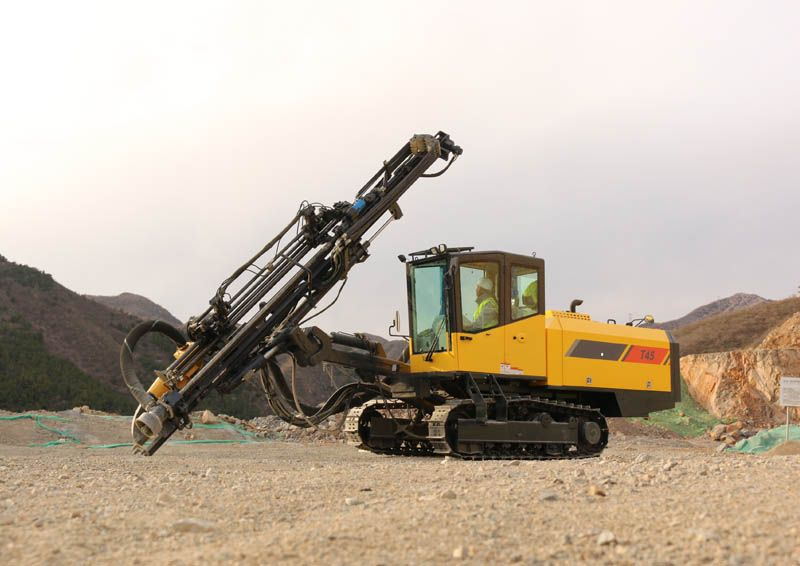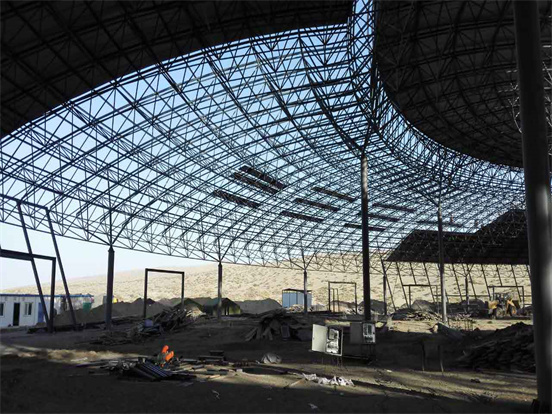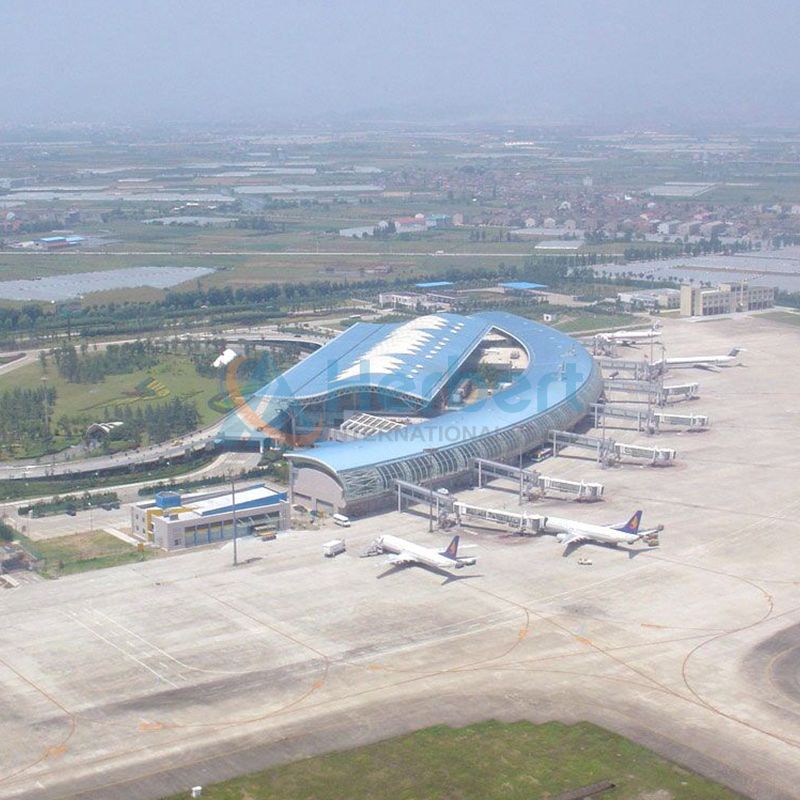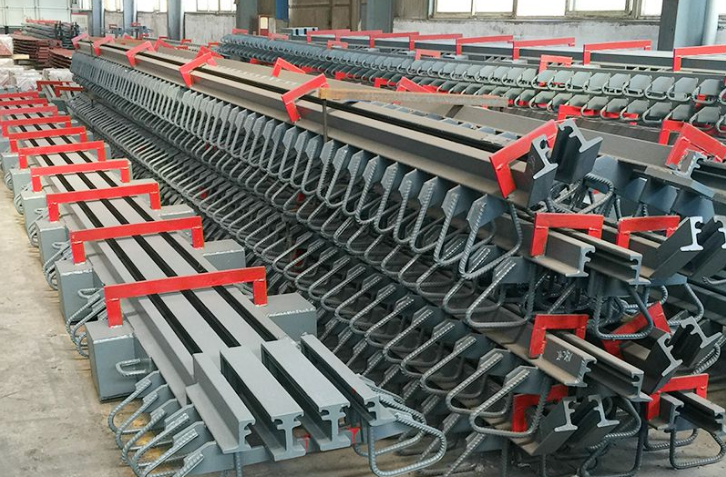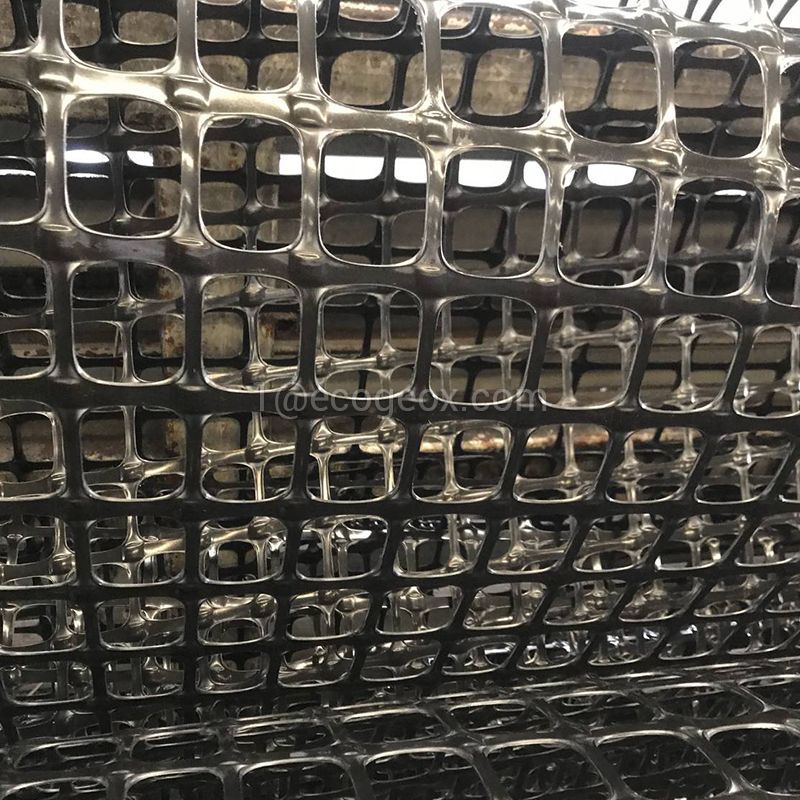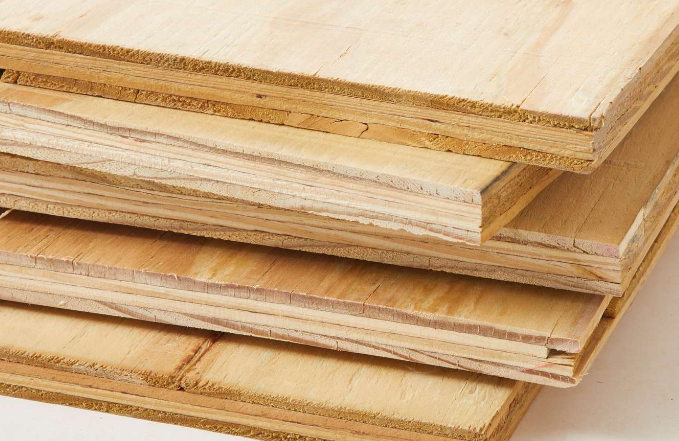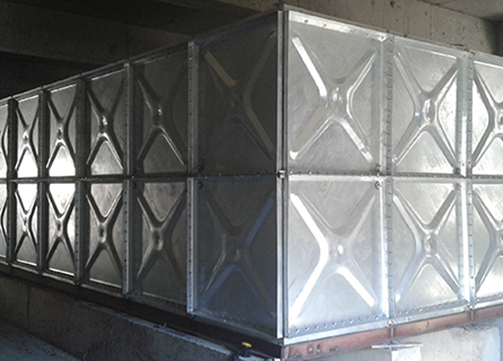What Is the Tunnel Formwork Process?
The tunnel formwork process is a construction technique used primarily for the rapid construction of repetitive, cellular structures, such as residential apartments, hotels, dormitories, and barracks. This method integrates both the casting of walls and slabs in a single operation, creating a monolithic structure. Here's an overview of the tunnel formwork process:
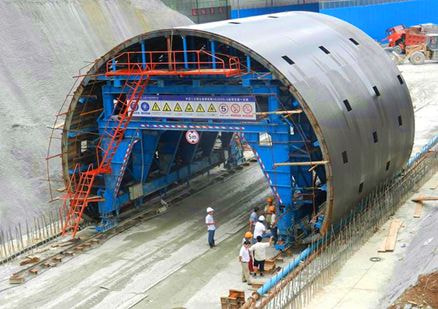
Steps in the Tunnel Formwork Process
Site Preparation:
Prepare the construction site by ensuring the foundation is ready.
Set up the necessary utilities and equipment for the formwork and concrete pouring processes.
Formwork Assembly:
Erect the tunnel forms, which are large, reusable steel molds that shape both the walls and the slabs.
Position the tunnel forms according to the architectural design. The forms typically consist of two half-shells that are placed together to form a tunnel-like shape.
Ensure proper alignment and support to maintain the formwork's shape and position during concrete pouring.
Reinforcement Installation:
Place reinforcement steel bars (rebars) within the tunnel forms as per structural design specifications.
Secure the rebars to maintain their position during concrete placement.
Concreting:
Pour concrete into the tunnel forms, ensuring even distribution to avoid voids and honeycombing.
Vibrate the concrete to eliminate air pockets and ensure proper compaction.
Curing:
Allow the concrete to cure while still within the formwork. Proper curing is crucial to achieving the desired strength and durability of the structure.
The curing period typically lasts about 24 hours, depending on the specific concrete mix and ambient conditions.
Additional reading:
How to tell if a slab is post-tensioned?
Why Choose Sports Artificial Turf?
What exactly is a light rail?
Geonets: A Comprehensive Guide to Structure, Manufacturing, and Properties
Is Stainless Steel Sheet Easy to Bend?
What are the benefits of film faced plywood?
How Does the Fog Effect Fountain Work?Formwork Removal:
Once the concrete has gained sufficient strength, remove the tunnel forms.
Carefully dismantle the forms to avoid damaging the newly cast structure.
Move the formwork to the next section of the structure for the subsequent pour.
Finishing:
Perform any necessary surface finishing work, such as smoothing, leveling, and applying any additional treatments or coatings.
Advantages of the Tunnel Formwork Process
Speed: The method allows for rapid construction, with typical cycle times of 1-2 days per floor, significantly reducing project timelines.
Efficiency: Simultaneous casting of walls and slabs reduces labor and increases productivity.
Quality: The use of precision-engineered forms ensures uniformity and high-quality finishes.
Cost-effectiveness: Reusable steel forms and reduced labor costs contribute to overall cost savings.
Strength and Durability: Monolithic concrete structures offer enhanced structural integrity and longevity.
Applications
The tunnel formwork process is ideal for projects requiring repetitive units, such as:
High-rise residential buildings
Hotels and motels
Student housing and dormitories
Military barracks
Office complexes with modular layouts
By integrating the construction of walls and slabs in a single operation, the tunnel formwork process streamlines construction, improves efficiency, and ensures high-quality, durable structures.
From Snowmobiles to Snow Groomers: The Evolution of Snow Maintenance
Redispersible Polymer Powder: The Secret Ingredient in Durable Construction Materials
Reducing Maintenance Costs: The Economic Benefits of Rubber Dams
Fire Safety and FRP Cable Trays: Meeting Regulatory Standards
How to design a corrugated metal pipe culvert?
Granite Headstone vs. Marble Headstone: Which Is Better?
Exterior Wall Reinforcement: How Alkali Resistant Fiberglass Mesh Boosts Stucco Durability


